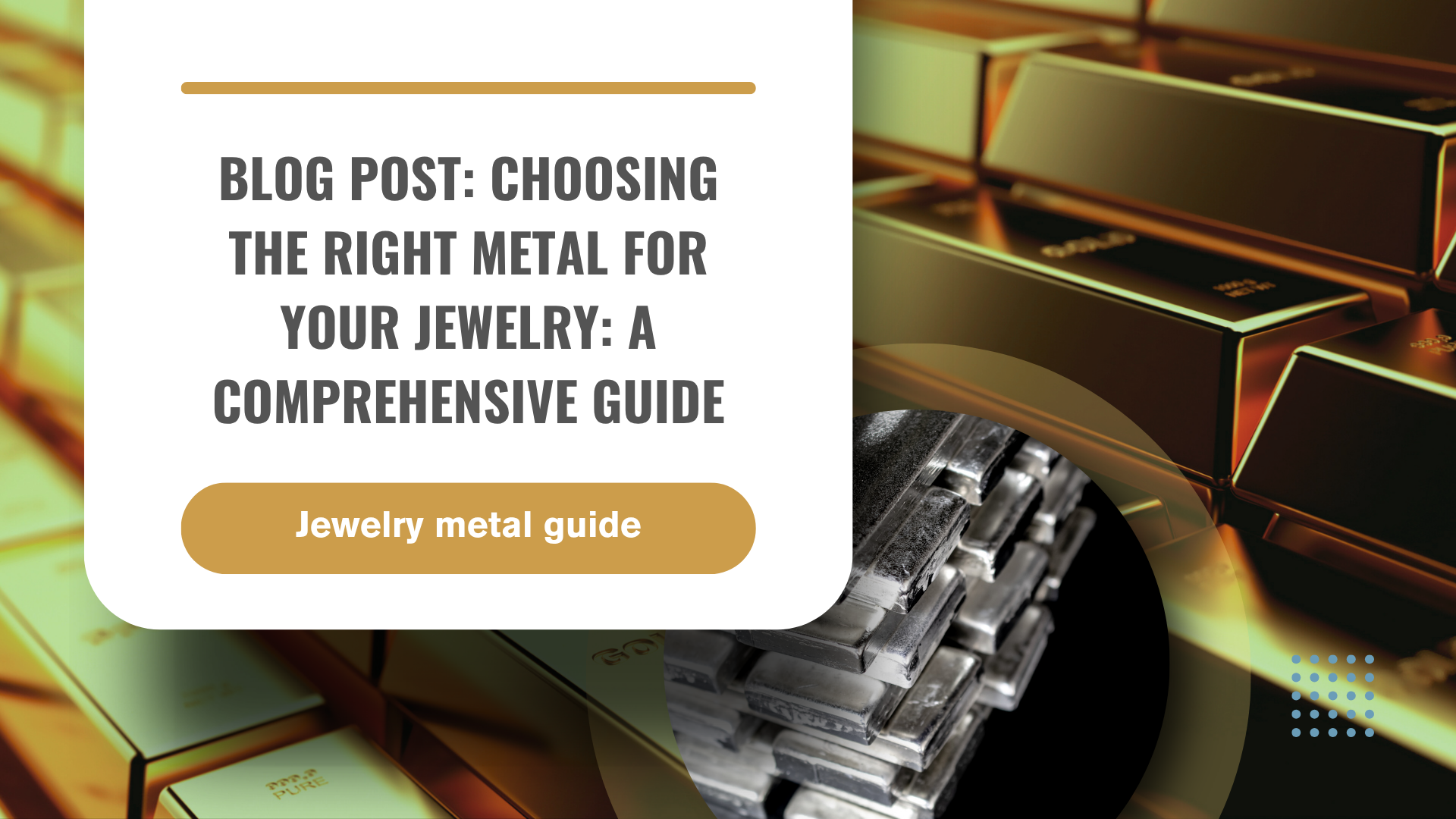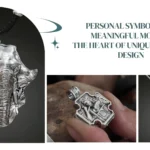When it comes to selecting or selling jewelry, the metal you choose plays a huge role—not just in how a piece looks, but in how it wears, lasts, and is valued. This quick jewelry metal guide will help you understand your options and guide your customers toward the perfect choice.
When selecting a piece of jewelry, most people focus on design and gemstones. However, the metal used is just as important. It affects the look, feel, durability, and price of every piece. This jewelry metal guide will help you understand the key differences between popular metals, so you can make confident decisions for your collection or business.
Gold is one of the most beloved metals in the jewelry world. It comes in various forms—yellow, white, and rose gold. Each has its own appeal. Yellow gold offers a classic and warm look. White gold delivers a modern, sleek finish. Rose gold adds a romantic, soft tone. According to this jewelry metal guide, gold’s purity is measured in karats, with 14K and 18K being the most common in fine jewelry. Gold is durable, resists tarnish, and holds long-term value.
Sterling silver is a popular choice for both everyday and statement jewelry. It’s composed of 92.5% pure silver and 7.5% other metals (usually copper). This alloy enhances strength without compromising shine. A great point from any jewelry metal guide: silver is ideal for trendy and minimalist designs, and its affordability makes it accessible for all budgets. However, it can tarnish over time and requires regular care.
Known for its strength and naturally white sheen, platinum is one of the most luxurious metals available. It’s hypoallergenic, making it ideal for sensitive skin. Though more expensive, its durability and rarity justify the cost. As noted in every credible jewelry metal guide, platinum is heavier than gold and doesn’t require re-plating, which adds to its longevity.
For modern shoppers, alternative metals like stainless steel, titanium, and tungsten offer practical and stylish options. These materials are extremely durable and often used in men’s jewelry. A solid jewelry metal guide should mention that these options are affordable, scratch-resistant, and great for casual wear—but they may lack the prestige of precious metals.
Choosing the right metal is all about balance. Consider your lifestyle, budget, skin sensitivity, and personal taste. This jewelry metal guide gives you the tools to select a metal that complements your design while ensuring comfort and durability. Whether you’re a retailer or a buyer, knowing your metals makes all the difference.
By focusing on strategies that reduce your overheads and expedite market penetration, we ensure that your venture into global markets is as lucrative as it is effortless. Let’s navigate these international waters together, making every step toward expansion a profitable one.











